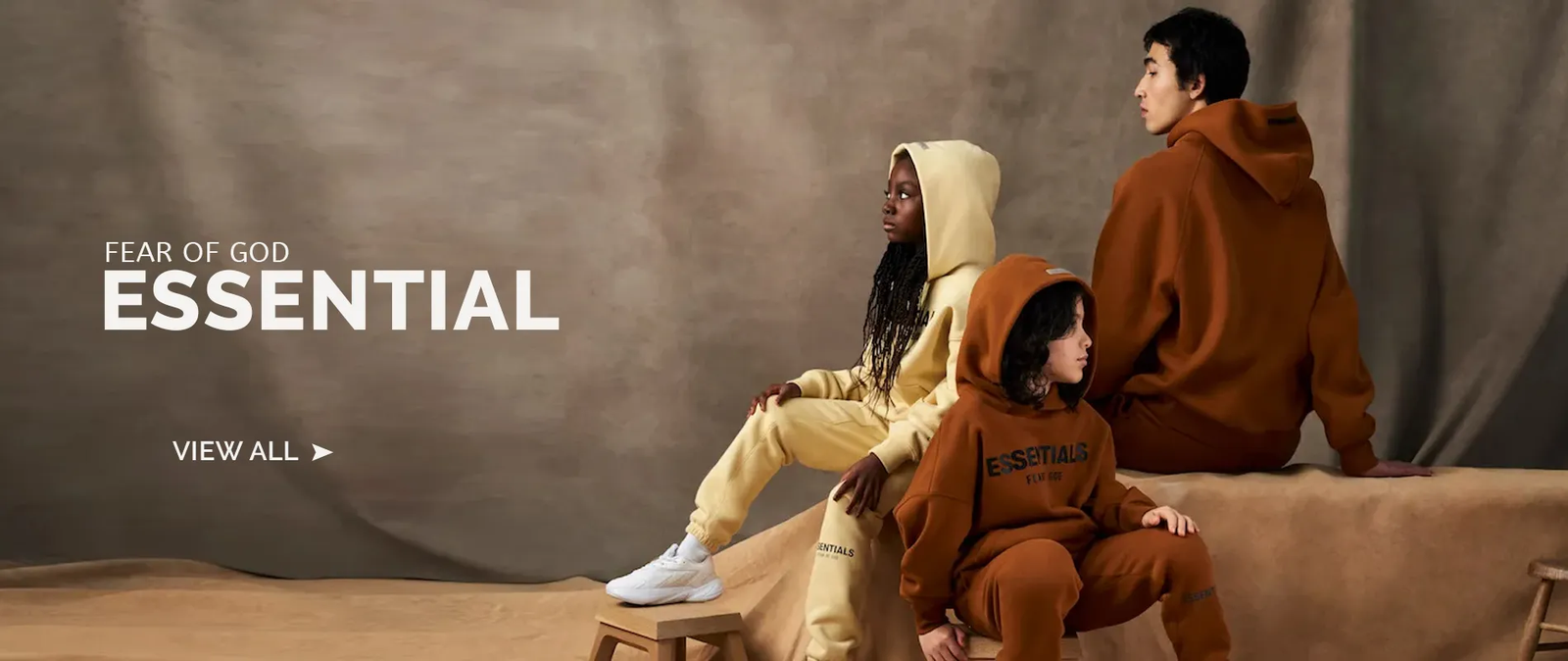Syna
Syna, a term often associated with synesthesia, represents a fascinating intersection of sensory experiences and artistic expression. This phenomenon, where stimulation of one sensory pathway leads to automatic experiences in a second sensory pathway, has long captivated the imagination of artists, musicians, and thinkers. In this exploration of Syna, we will delve into its historical context, cultural significance, and the ways it has influenced various art forms.
The Historical Roots of Syna
The concept of synesthesia dates back to ancient times, with references found in texts by philosophers like Aristotle, who pondered the nature of perception. However, it wasn’t until the late 19th and early 20th centuries that synesthesia garnered more scientific interest. Pioneering neurologists began documenting the experiences of individuals who perceived colors when they heard music or tasted flavors when they saw specific letters. This burgeoning field of study opened up new avenues for understanding human perception and the brain’s complexities.
As the 20th century progressed, artists and musicians began to explore these sensory connections in their work. The rise of modernism and avant-garde movements saw synesthesia becoming a vital component of artistic experimentation. Artists like Wassily Kandinsky and composers like Olivier Messiaen sought to translate their synesthetic experiences into visual and auditory art forms, further enriching the tapestry of cultural expression.
Syna in Art: A Vibrant Palette of Expression
Visual Arts and Synesthesia
In the realm of visual arts, synesthesia manifests in a variety of ways. Artists often depict their sensory experiences through vibrant colors, dynamic shapes, and abstract forms. Kandinsky, for instance, famously described how he perceived sounds as colors, allowing him to create works that evoke emotional responses through their visual vibrancy. His paintings, characterized by bold colors and geometric shapes, serve as a testament to the power of synesthetic experiences in artistic expression.
Other artists, such as Paul Klee, also explored the interplay between color and emotion. Klee’s works often convey a sense of movement and rhythm, reflecting his belief that art should resonate with the viewer’s senses. His use of color was not merely aesthetic but served to create a dialogue between the viewer’s perception and the artwork’s emotional undertones.
Music: The Symphony of Synaesthesia
Music, too, has long been intertwined with synesthetic experiences. Composers have harnessed the power of sound to evoke colors, feelings, and images in the minds of their listeners. The late composer Messiaen, who had synesthetic perceptions, often integrated his sensory experiences into his compositions. His music is rich with color and texture, reflecting his ability to translate sound into visual imagery.
Moreover, the contemporary music scene continues to explore synesthetic concepts. Electronic music, in particular, often utilizes visual elements in performances, creating immersive environments where sound and sight blend seamlessly. Light shows and visual projections accompany live performances, enhancing the audience’s experience and creating a multi-sensory event that resonates on multiple levels.
The Cultural Significance of Syna
Synesthesia Across Cultures
The phenomenon of synesthesia is not confined to Western art and music. Cultures around the world have their own interpretations and manifestations of synesthetic experiences. In many Indigenous cultures, art forms are deeply intertwined with nature and spirituality, often blurring the lines between sensory experiences. For instance, in some African and Native American traditions, music, dance, and visual art combine to create holistic experiences that engage all the senses.
In Eastern cultures, the concept of synesthesia is often linked to the philosophical idea of interconnectedness. In traditional Chinese art, for example, the use of color and form reflects the belief that nature, human emotions, and the cosmos are all interconnected. This holistic view fosters a deeper understanding of how sensory experiences shape cultural identity and artistic expression.
Syna in Modern Contexts
In contemporary society, synesthetic experiences have found new platforms and expressions. The rise of digital art and virtual reality has opened avenues for artists to create immersive environments that engage multiple senses simultaneously. Interactive installations allow viewers to manipulate sound and light, blurring the lines between creator and audience. This interactivity mirrors the synesthetic experience, as participants engage their senses in a fluid exchange.
Moreover, synesthesia has captured the interest of neuroscientists and psychologists, leading to a greater understanding of the brain’s intricacies. Research into synesthesia not only sheds light on the nature of perception but also challenges conventional notions of how we experience the world. By studying synesthetes, scientists are uncovering the brain’s ability to create connections between seemingly unrelated sensory modalities.
The Personal Experience of Syna
Living with Synesthesia
For individuals who experience synesthesia, the world can be a vibrant tapestry of colors, sounds, and textures. Each person’s experience is unique, often shaped by personal history, environment, and sensory sensitivities. For some, numbers evoke specific colors; for others, musical notes may elicit distinct tastes. This rich sensory landscape can enhance creativity, as synesthetes often find inspiration in their heightened perceptions.
However, living with Syna World can also present challenges. The constant influx of sensory information can be overwhelming, making it difficult to focus or engage in everyday activities. Some synesthetes report feeling isolated or misunderstood, as their experiences may seem foreign to those who do not share similar perceptions. Nevertheless, many individuals embrace their synesthetic abilities, using them as a source of inspiration in their creative endeavors.
The Influence of Syna on Creativity
The relationship between synesthesia and creativity is a compelling area of exploration. Numerous studies suggest that individuals with synesthetic experiences often excel in creative fields, demonstrating heightened imaginative abilities. The ability to perceive connections between different sensory modalities may foster innovative thinking, allowing synesthetes to approach problems and artistic endeavors from unique perspectives.
Moreover, synesthesia has been a source of fascination for artists and writers alike. The vivid imagery and emotional depth associated with synesthetic experiences can serve as a wellspring of inspiration, leading to groundbreaking works of art and literature. For instance, the poet Arthur Rimbaud famously described his vision of colors associated with specific sounds in his poetry, creating a multi-layered experience for readers.
The Future of Syna: A Multi-Sensory World
Technology and Syna
As technology continues to evolve, the possibilities for exploring synesthetic experiences expand. Virtual reality, augmented reality, and artificial intelligence are creating new platforms for artists and creators to experiment with multi-sensory art forms. These technologies allow for the creation of immersive experiences that engage audiences in unprecedented ways, blurring the lines between the physical and digital worlds.
Furthermore, the integration of synesthetic concepts into design and architecture is gaining traction. Designers are beginning to create spaces that evoke specific emotional responses through color, light, and sound, transforming environments into multi-sensory experiences. This approach not only enhances aesthetic appeal but also fosters well-being and creativity in various settings, from workplaces to public spaces.
The Importance of Synesthesia in Education
Understanding synesthesia can also play a crucial role in education. By recognizing the diverse ways in which individuals perceive and process information, educators can create more inclusive learning environments. Incorporating multi-sensory approaches into teaching can engage students’ various senses, enhancing comprehension and retention.
Furthermore, fostering creativity in educational settings can encourage students to explore their unique perceptions and ideas. By valuing different sensory experiences, educators can cultivate a culture of innovation and imagination, empowering students to embrace their individuality and think outside the box.
Celebrating Syna as a Catalyst for Connection
In conclusion, Syna embodies a rich tapestry of sensory experiences that transcend traditional boundaries of art and culture. From its historical roots to its modern expressions, synesthesia serves as a reminder of the interconnectedness of our perceptions and the creativity that arises from such connections. As we continue to explore the multifaceted nature of Syna, we celebrate the diversity of human experience and the profound impact it has on art, culture, and society as a whole.
Embracing synesthetic experiences not only enriches our understanding of creativity but also fosters a deeper appreciation for the complexity of human perception. By recognizing and celebrating the vibrant interplay of our senses, we can cultivate a more inclusive and imaginative world that honors the beauty of diversity in all its forms.



